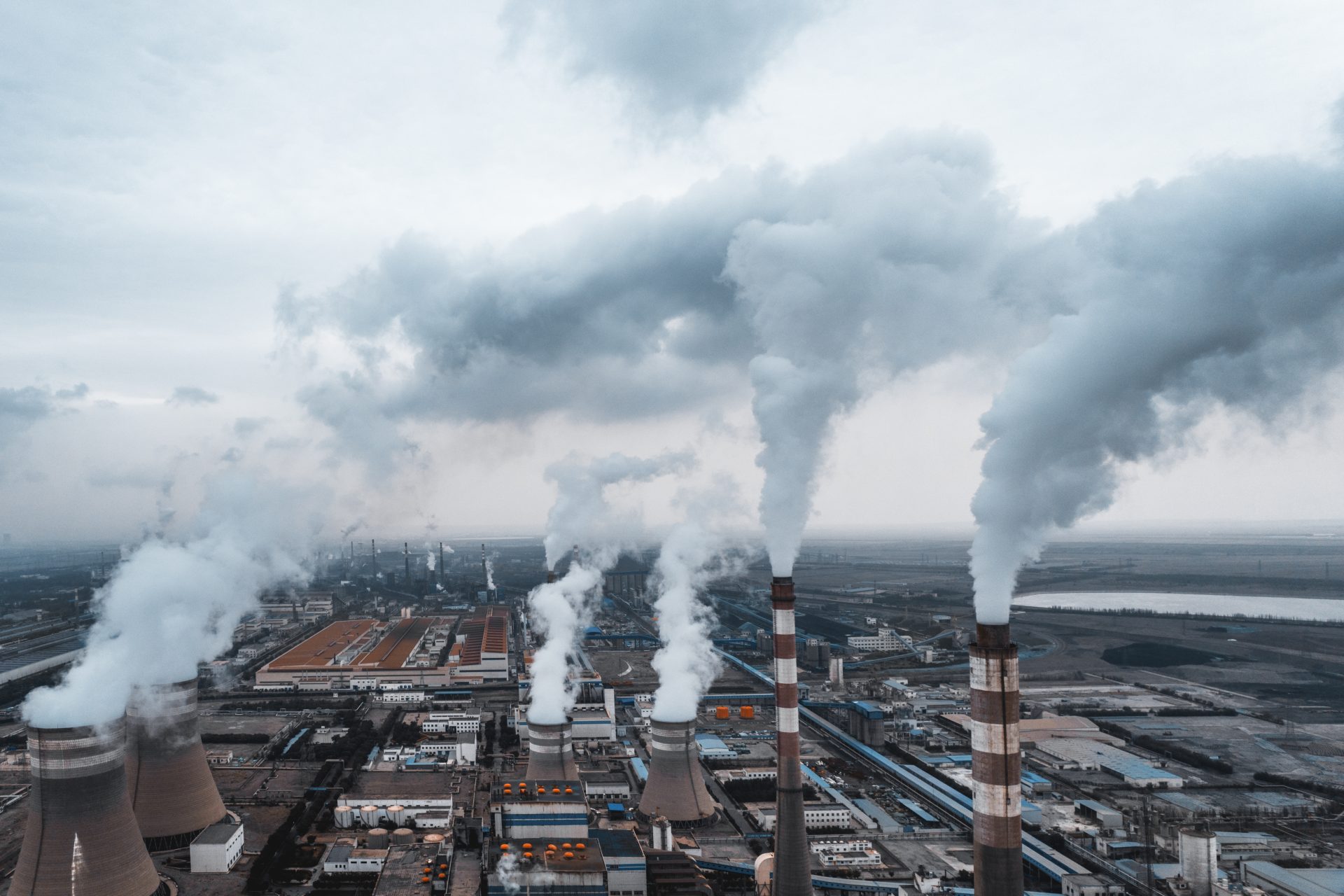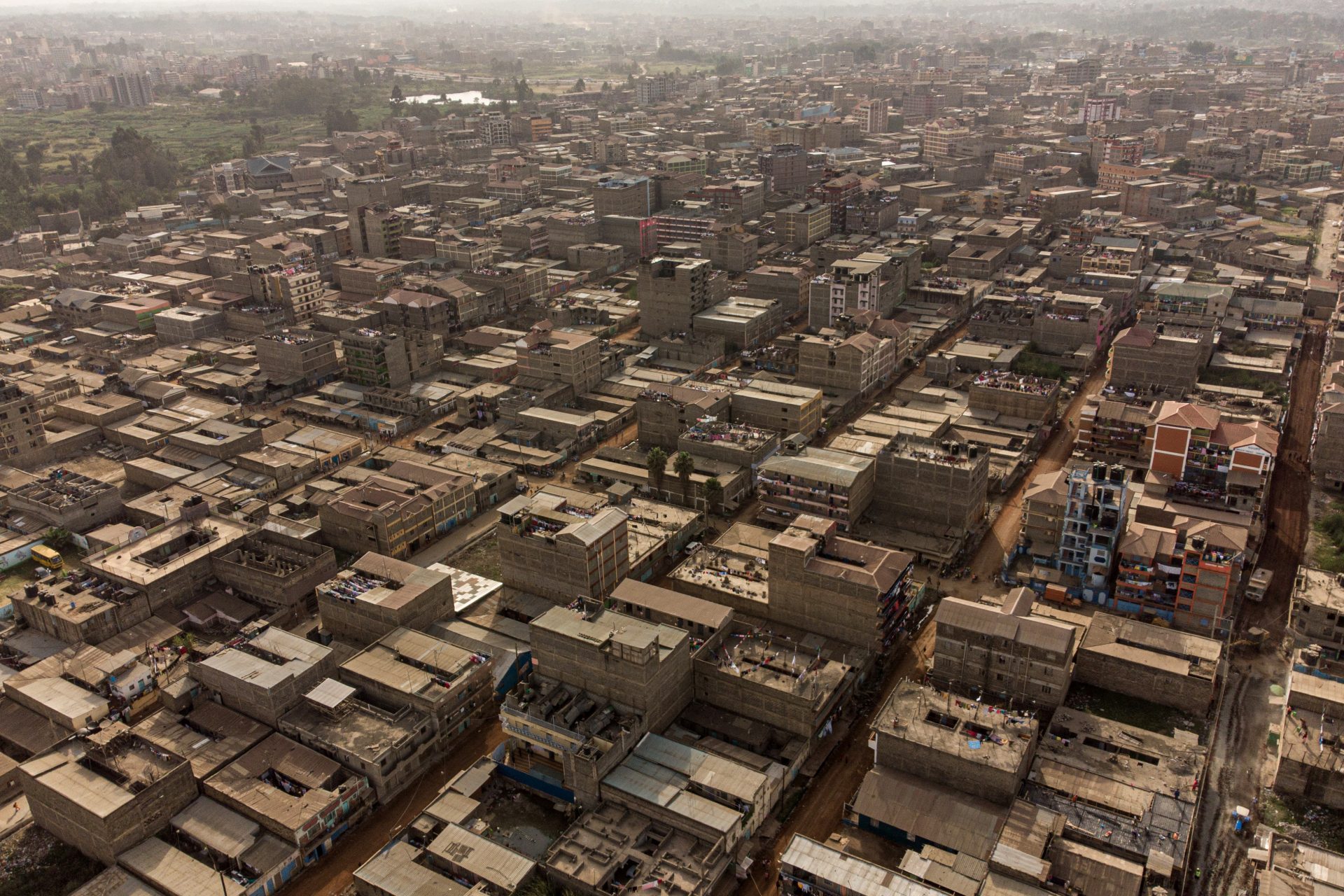As Great Salt Lake dries up Utah will face toxic dust clouds
Great Salt Lake in Utah is drying up and if it continues like this, it will be a new Aral Sea, a body of water that has disappeared forever. The consequences go beyond desertification. The New York Times has warned about what is described as an "environmental nuclear bomb".
As the water level of the lake has lowered drastically, the mud of the lake has become exposed, which, when it dries, turns into a dust that can be highly toxic.
According to scientists quoted by The New York Times, the dust that will emerge from the bed of what was Great Salt Lake could create a large toxic cloud containing arsenic, a highly poisonous substance.
This "toxic storm" could also contain traces of heavy metals, which have ended up in the lake due to decades mining activity in the area.
Image: Billy Clouse/Unsplash
The Great Salt Flats of Utah ecosystem is on the verge of irreversible collapse. Bonnie Baxter, biology professor at Westminster College, summed it up in The New York Times: "It's terrifying."
Great Salt Lake in Utah has been drying up for years but alarm over the situation only began recently. Environmentalists warn that without its water insects will die and, therefore, the birds will not be able to feed and that will cause a catastrophic chain effect on the fauna and flora of the area .
According to data from the United States Geological Survey collected by Euronews, Great Salt Lake of Utah has gone from having an area of approximately 8,547 square kilometers in 1980 to 2,590 today. Which means that it has lost two thirds of its extension.
Image: From USGS - http://ut.water.usgs.gov/greatsaltlake/images/GSLmap2.jpg, Public Domain, https://commons.wikimedia.org/w/index.php?curid=1223825
It was Joel Ferry, a member of the Republican Party in the Utah House of Representatives, who gave the definitive headline to The New York Times by describing the Great Salt Lake situation as an "environmental nuclear bomb".
The drought in the state of Utah is a persistent and worrying phenomenon. Governor Spencer Cox declared a state of emergency, assuring that "the drought affects 99% of the territory of the state of Utah."
The mayor of Salt Lake City, Erin Mendenhall, also warned about this drought and anticipated the possibility that the water supply would be compromised.
What is happening in Utah was already seen in California when Lake Owen dried up. It happened in 1926 when the water from the river and streams that fed it was diverted to Los Angeles. Since then, periodic clouds of toxic dust with arsenic, cadmium and other dangerous elements have been produced. The area hardly has any inhabitants due to this.
The obvious devastation of Lake Owen is terrifying (see satellite image), but the dimensions of the Great Salt Lake are much larger, so the catastrophe in Utah is also larger than the one that occurred in California.
Image: By ISS Expedition 28 crew - NASA Earth Observatory, Public Domain, https://commons.wikimedia.org/w/index.php?curid=16446790
Another precedent for brutal human action on an aquifer mass was the drying up of the Aral Sea by the former Soviet Union. The channeling of its waters in the 1960s made it practically disappear.
The comparison between what was the Aral Sea and the meager extension in which it has remained is devastating.
Global warming added to human action on the territory without control triggers the phenomenon of drought. The Great Salt Lake of Utah is in danger but, according to Euronews, there are scientists who calculate that by 2040 the drinking water resources of Salt Lake City may be exhausted.
Image: Brandon Green/Unsplash
If no urgent action is taken, Utah's Great Salt Lake will be a desert where water once was. And nearby towns may be rendered uninhabitable by toxic dust. A future that, hopefully, can be avoided.
Image: Michael Hart/Unsplash
More for you
Top Stories





























